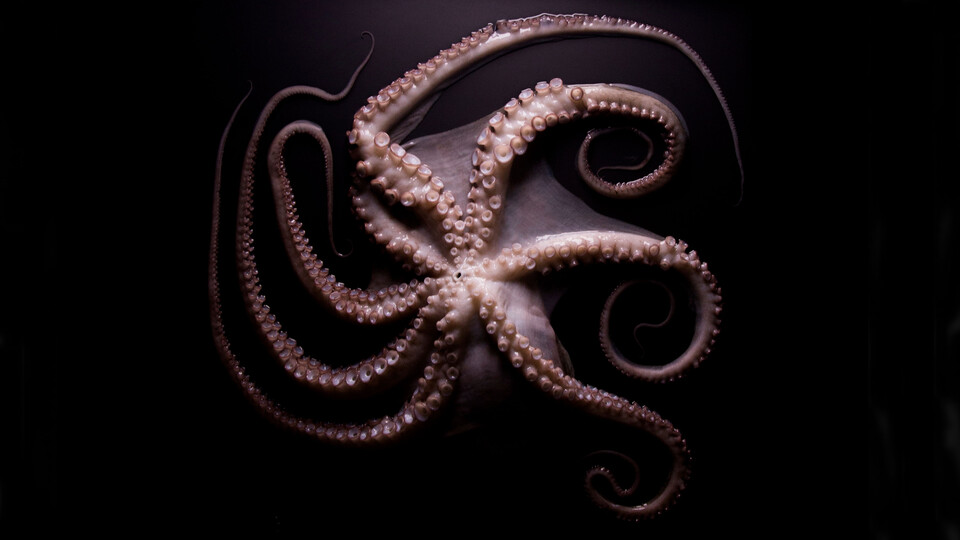

Earlier low-resolution electron microscopy studies suggested that the basket is a filamentous, interwoven structure resembling its namesake. However, despite progress in NPC research, how the basket attaches to the NPC core - which houses the NPC’s selective barrier - has remained a persistent mystery. The main challenge has been the basket's tendency to disassemble during purification and its attachment to the nuclear envelope membrane, complicating isolation.
To address these challenges, the researchers developed innovative methods. First author Edvinas Stankunas explains: “We devised an AlphaFold-based screen to identify potential interactions between short linear motifs in Nup60, a disordered protein in the basket, and all nucleoporins in the NPC. This led to the discovery of a docking site on the outer face of the NPC core, where Nup60 fits into a groove of Nup85, a key component of the NPC ring structure.”
The team then reconstituted these interactions in vitro using purified proteins, cross-linking, and mass spectrometry, mapping and validating the interactions with single amino acid precision. A major breakthrough was the biochemical reconstitution of a supercomplex that includes the heteroheptameric Y-complex, Nup60, and part of the coiled-coil filament protein Mlp1. Alwin Köhler adds, “We showed that Nup60, acting like a suspension cable, recruits both the Y-complex and basket filaments to a membrane by reconstituting this assembly on giant unilamellar vesicles”.
Their research revealed that membrane-anchored Nup60 effectively "stitches" the basket filaments - which they liken to octopus arms - to the NPC body in a velcro-like manner. This finding explains how the nuclear basket accommodates cargo of varying sizes through dilation and constriction, adapting to changes in the diameter of the NPC core. The inherent flexibility of this junction provides a mechanistic explanation for many long-standing observations, highlighting its capacity to balance rigidity with adaptability in response to the cell's dynamic environment.
In conclusion, their study sheds light on the previously enigmatic process of docking the basket on the nuclear face of the NPC and elucidated the properties of the basket filaments. Their work provides a comprehensive molecular understanding of a crucial missing link in NPC structural biochemistry and paves the way for future research into the basket's role in NPC and pore membrane biogenesis, as well as how NPC heterogeneity influences cell identity and function.
DOI: 10.1038/s41556-024-01484-x